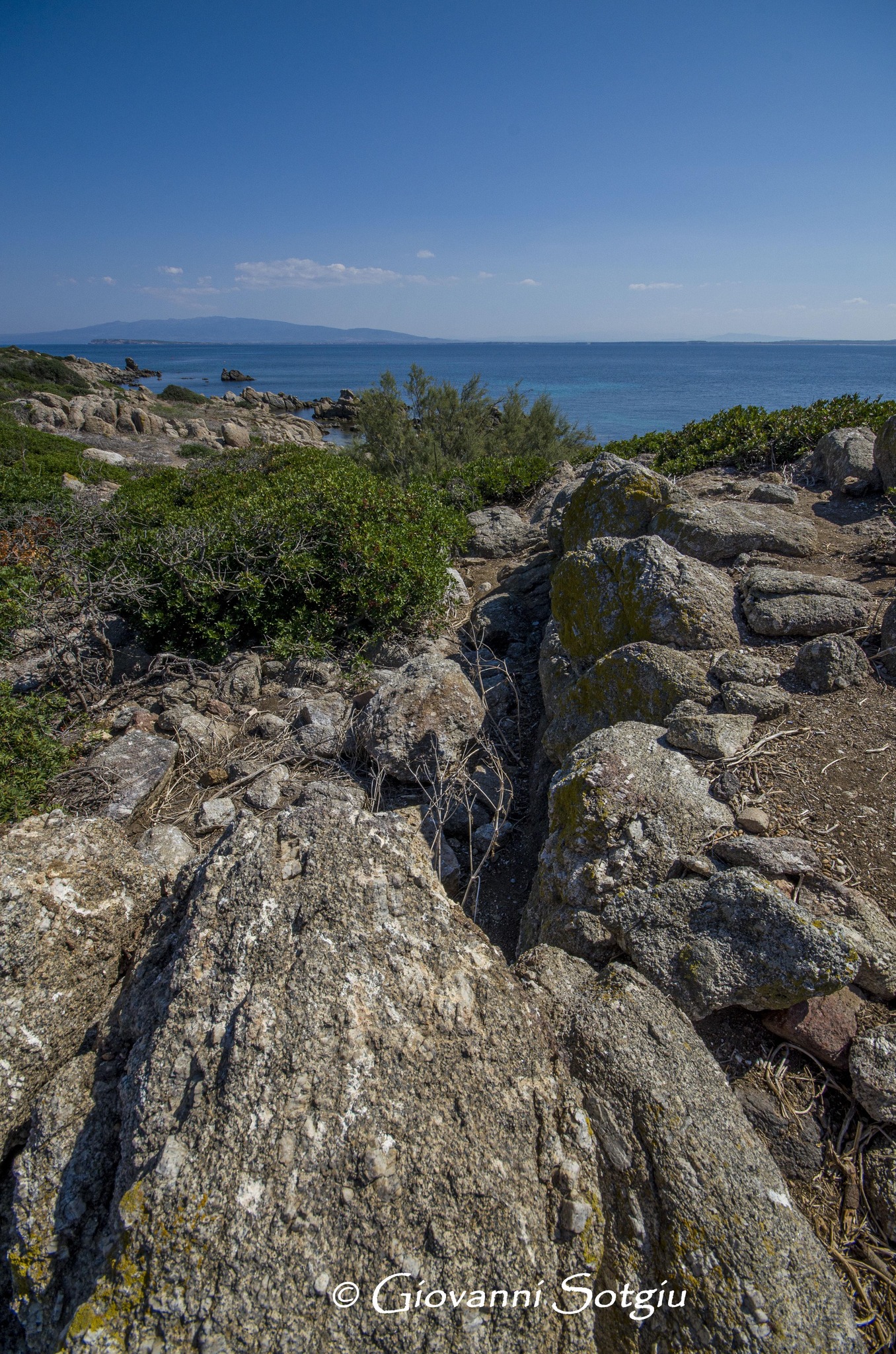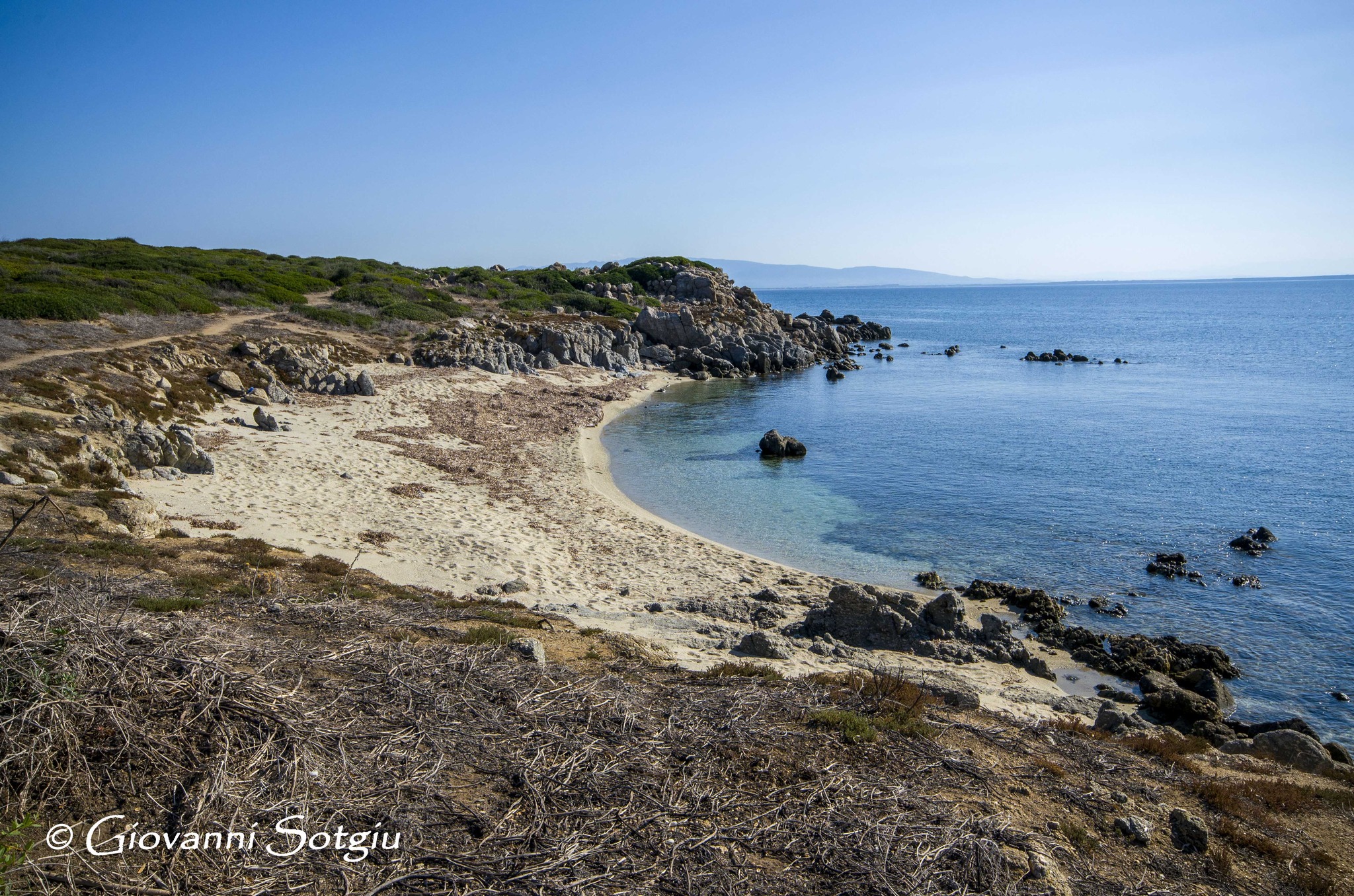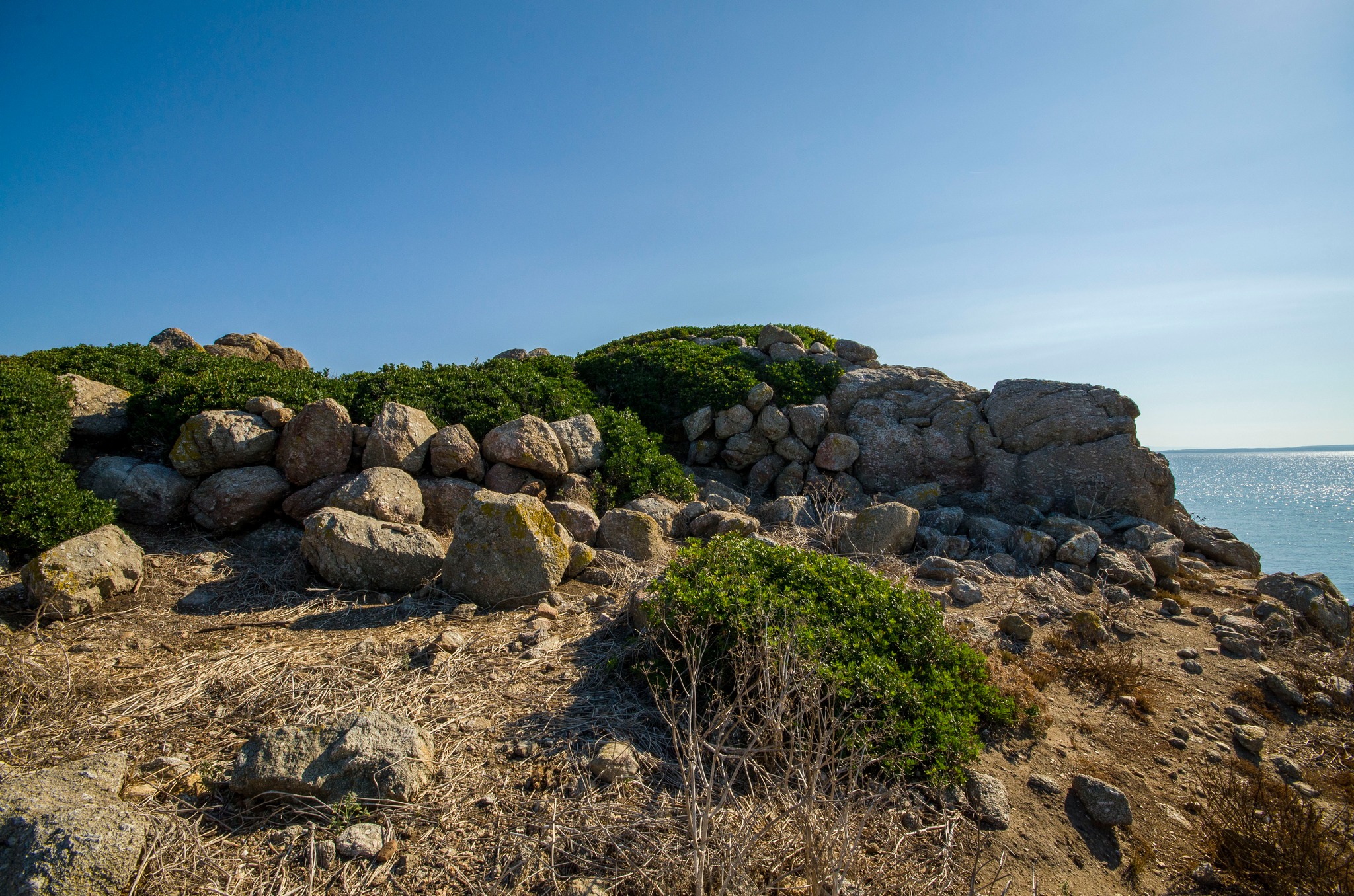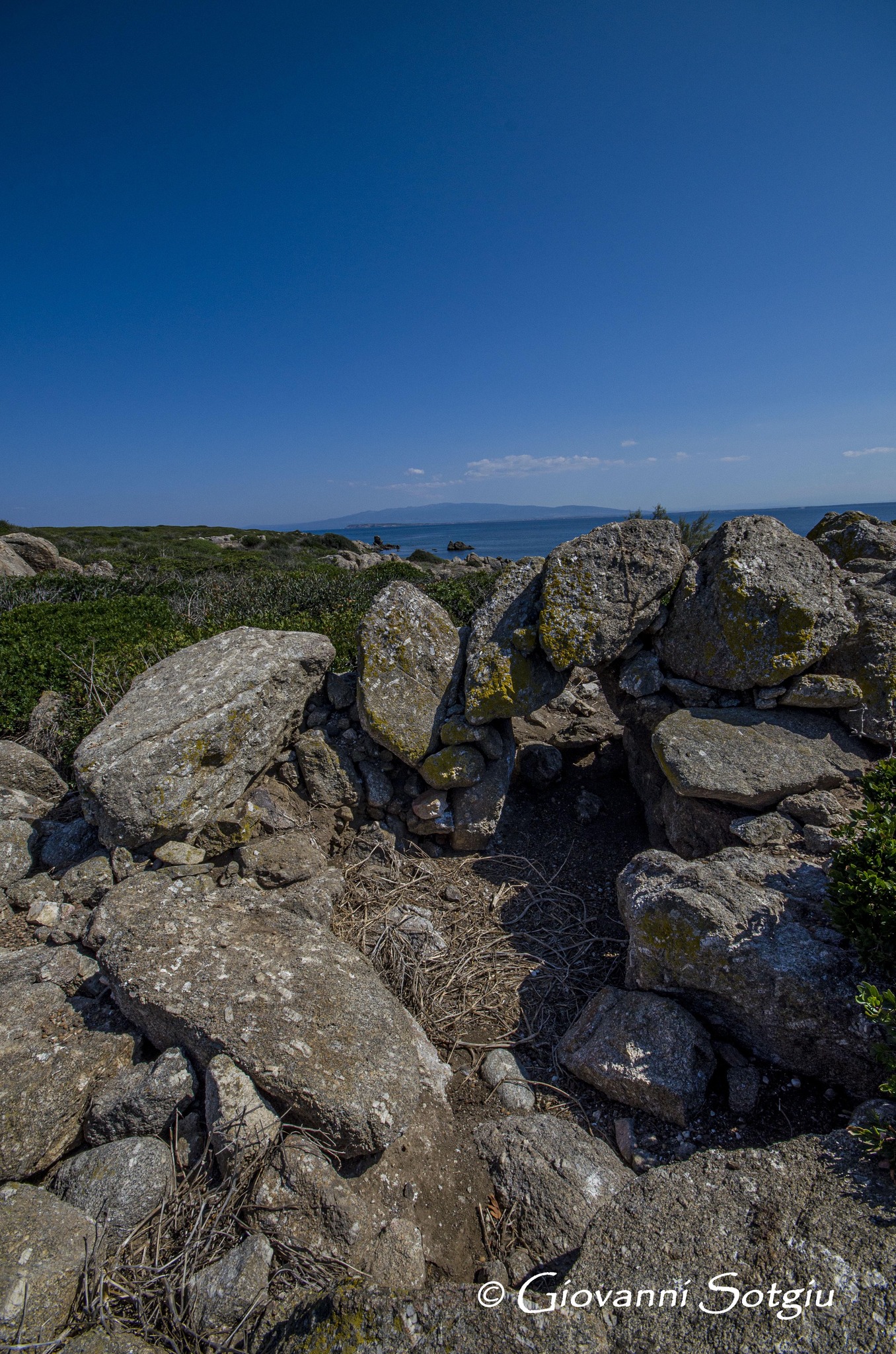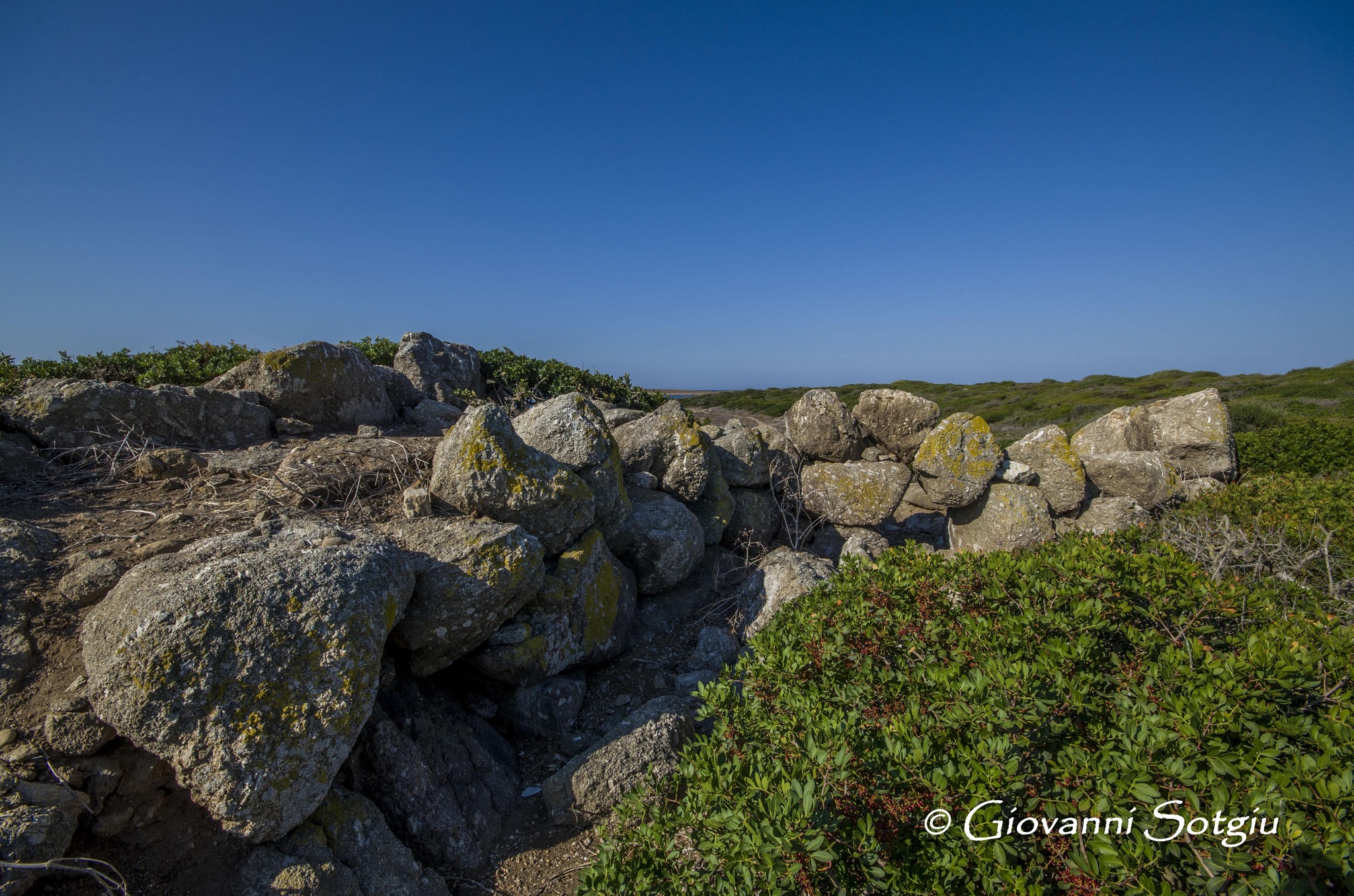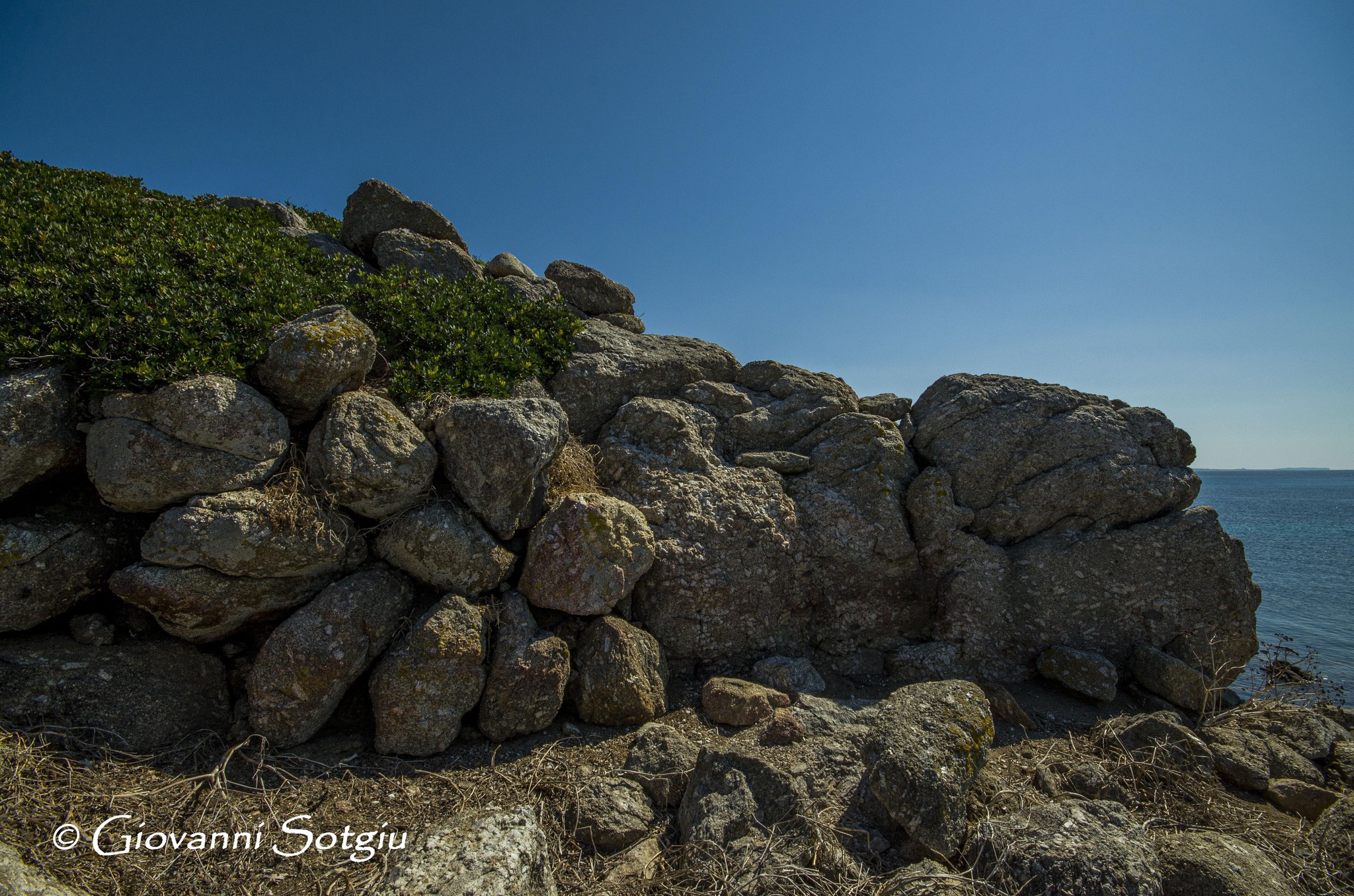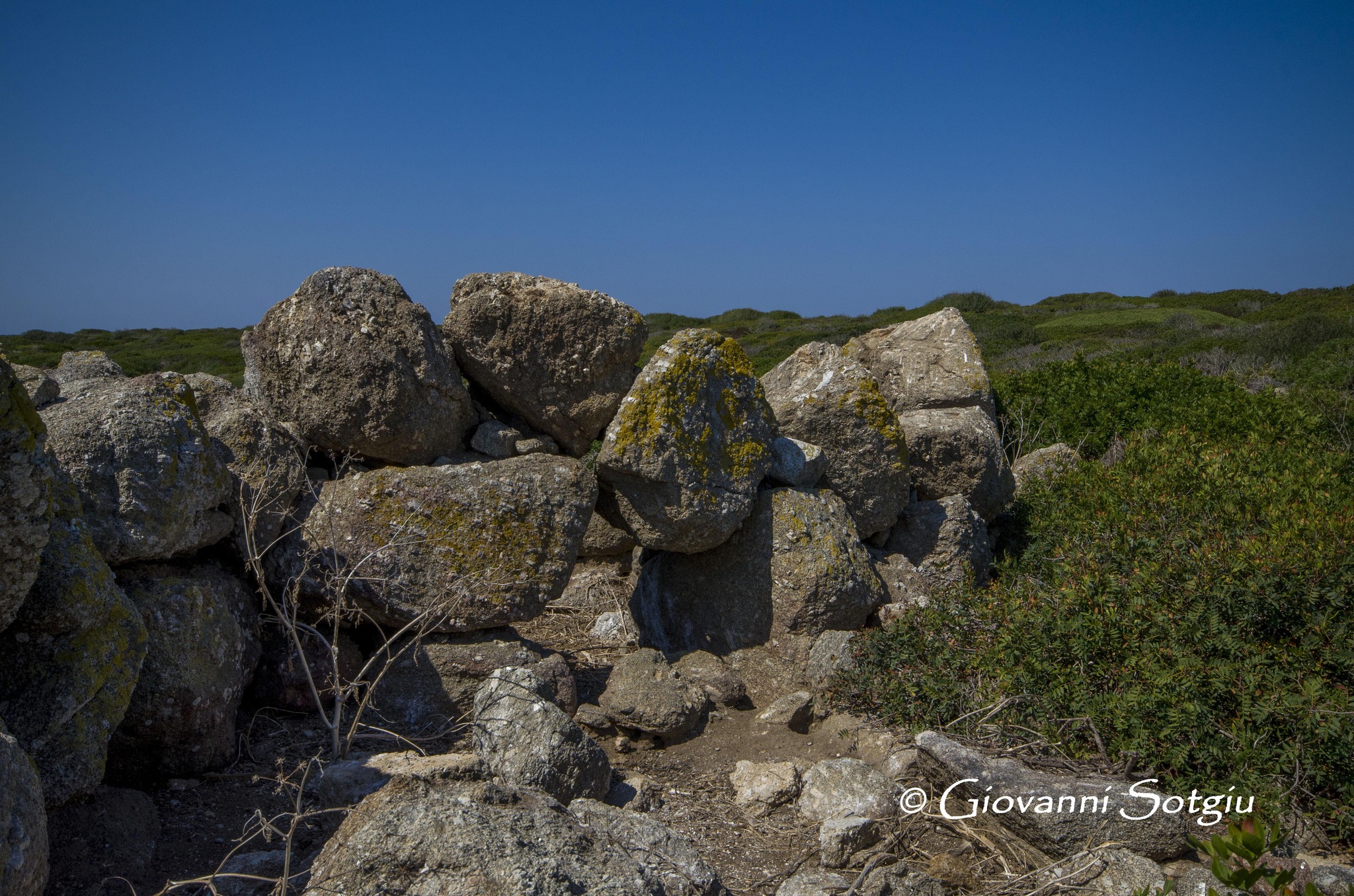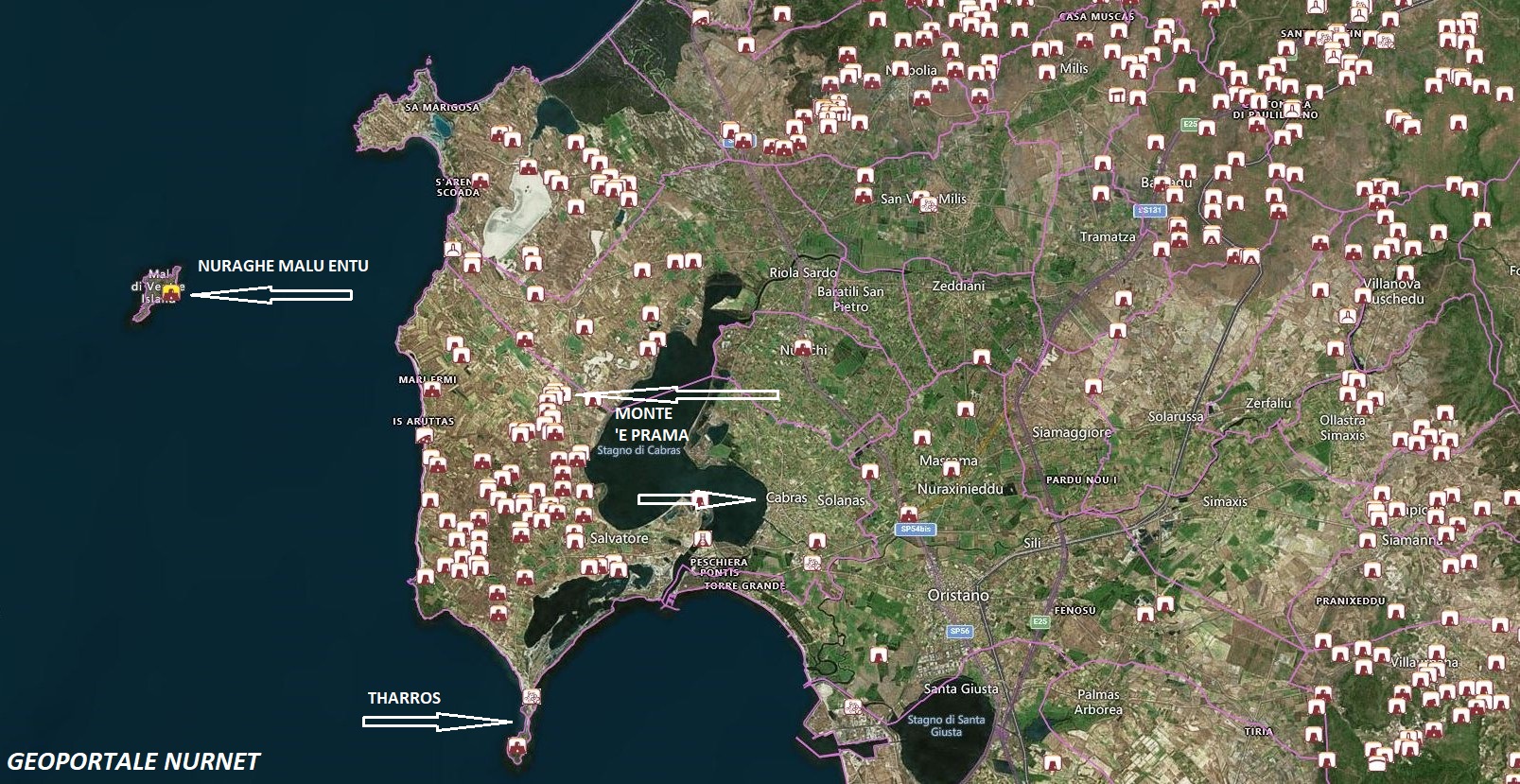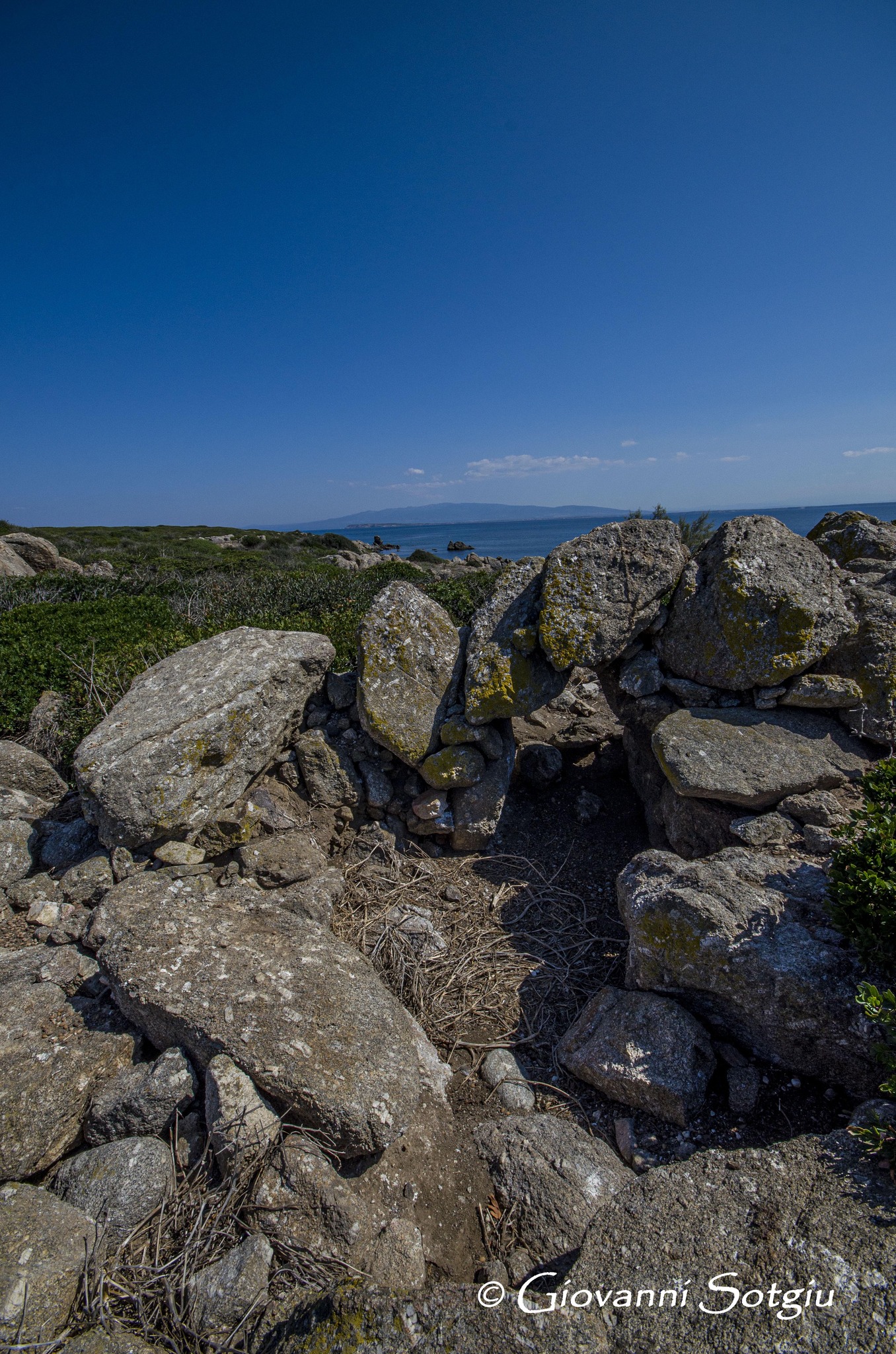On the central-western coast of Sardinia, there is an uninhabited island under special protection. The name does not bode well due to the often choppy sea, but its nature and landscapes are an enchanting oasis, a unique place.
Originally it wasMalu Entu, today it is Mal di Ventre (Cabras). Perhaps a wrong translation or interpretation. The name was attributed to it because of the persistent winds, especially the maestrale, which often make navigation in its vicinity dangerous. Yet, the remains of a nuraghe, other ruins, and pools for collecting water demonstrate that the island was inhabited. Reachable from the ports of the Gulf of Oristano, it is five miles away fromCapo Mannuthe beaches of the Caribbean, and Cala del Morto. The island is a perfect destination for nature lovers and those seeking tranquility, as it is uninhabited and retains its wild charm. The clear waters surrounding the island are ideal for snorkeling and diving, offering a glimpse into the rich underwater life.Mari Ermi, facing it, one of the three splendid ‘twin pearls’ of Sinis, along withIs ArutasandMaimoniNot to be missed on the island are Punta Libeccio and Cala dei Pastori. The seabed is ideal for diving, a habitat for crustaceans (lobsters and langoustines), mollusks, and an infinite variety of fish: barracuda, grouper, corvine, bream, and saraghi. Dolphins often appear. It is no coincidence that the site is of community interest and a specially protected area.
The unpredictability of the sea has created a graveyard of wrecks in the nearby depths: Roman, Spanish, and 20th-century ships, along with many boats. In the Denti di Libeccio, to the west, at a depth of 27 meters, there is a stunning discovery: a 36-meter Roman wreck sunk between 80 and 50 B.C. with two thousand ingots of lead. At Cala dei Pastori, there is the wreck of a steamboat, while to the north, in the Formiche di Maestrale, lies the Joyce, a Cagliari merchant ship that sank in 1973. (from Sardegna Turismo)
In the beautiful photos by Giovanni Sotgiu, the remains of the nuraghe Maluentu, which the ancient Sardinians erected as the extreme western outpost of that Sinis peninsula that hosts extraordinary sites, including Tharros and Monte ‘e Prama.


